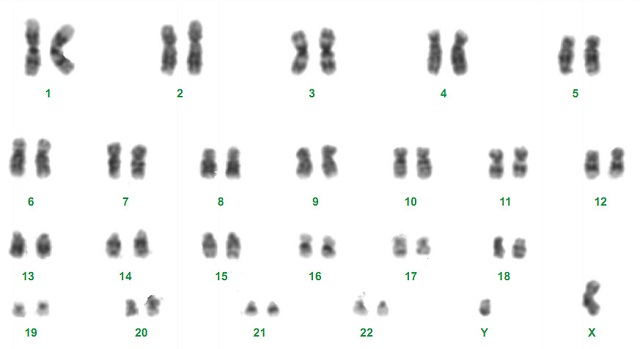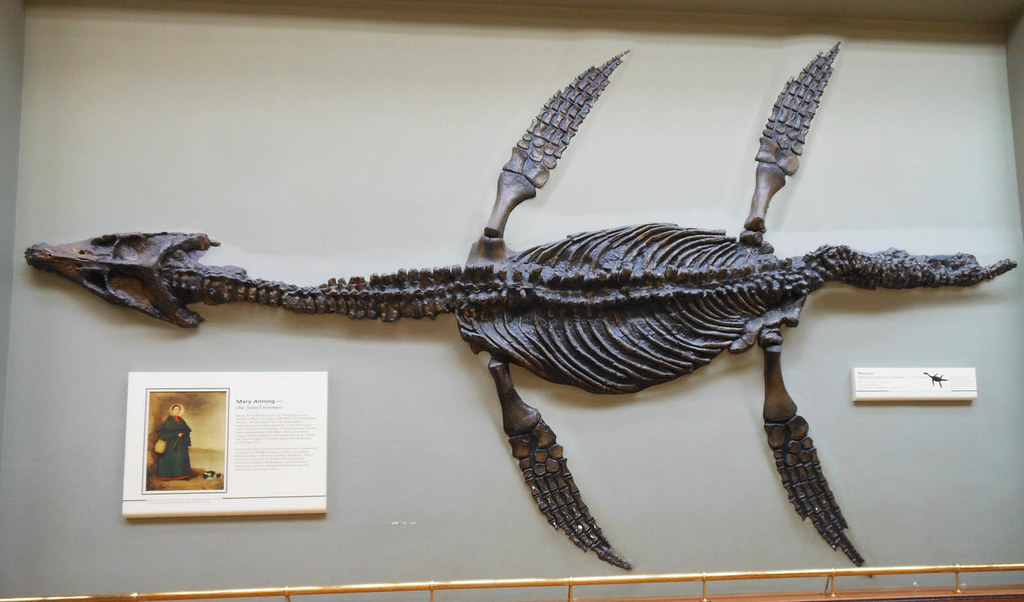Nettie Stevens was an American Scientist working in the early part of the 20th century. She was interested in chromosomes – the part of the cell that contains your DNA.
At this time, the role of DNA was not known and the role of chromosomes inside cells was a mystery.
Whilst there was a theory that chromosomes were responsible for determining sex, most scientist believed that sex was determined by things like temperature and nutrition.
Nettie Stevens’ Discovery

Using a microscope to view the chromosomes within cells of beetles, Nettie Stevens discovered a key piece of evidence. This evidence revealed that chromosomes were responsible for determining sex.
In 1905 Stevens published her findings, writing:
“Since the male somatic cells have 19 large and 1 small chromosome, while the female somatic cells have 20 large ones, it seems certain that an egg fertilized by a spermatozoon which contains the small chromosome must produce a male, while one fertilized by a spermatozoon containing 10 chromosomes of equal size must produce a female.”
Nettie Stevens realised that the chromosomes determine sex, by observing that males have a small chromosome, where females have a large one. She had discovered what we now know as the X and Y chromosomes. You can see the X and Y chromosome as the last pair in the karotype above.
Females have two X chromosomes, one from each parent. Males have one X and one Y chromosome. Females have XX chromosomes and so can only produce eggs which contain X chromosomes. Males can produce sperm with either an X or a Y chromosome. It is the chromosome donated by the sperm that determines the sex of the offspring.


